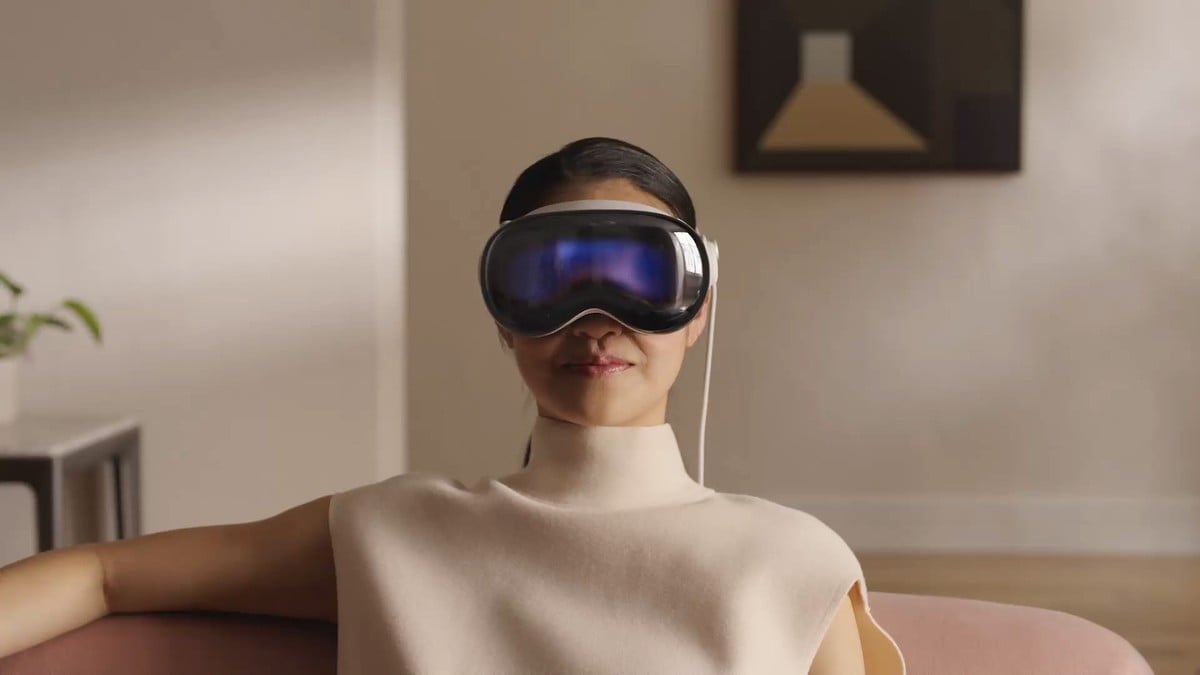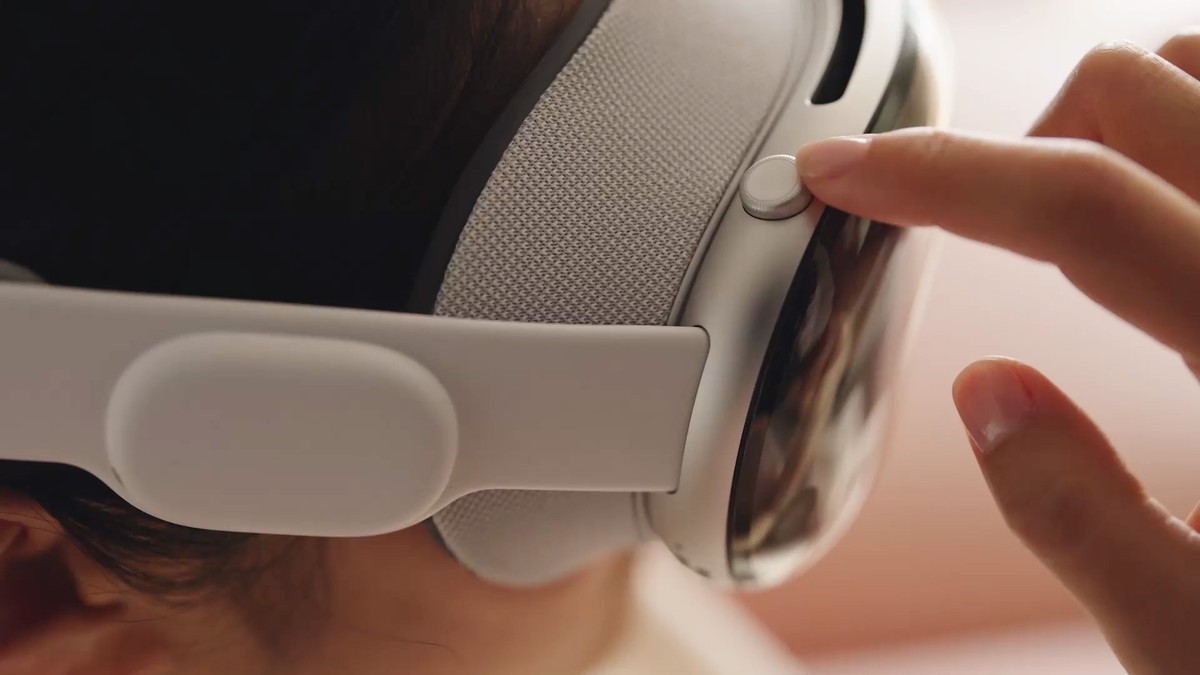Apple is reportedly slashing production of its high-end Vision Pro mixed reality headset due to its high price tag and limited appeal. According to Financial Times, the company has asked its manufacturing partner, Luxshare, to make fewer than 400,000 Vision Pros next year, down from an initial target of one million units.
The Vision Pro is Apple’s first mixed-reality headset and is one of the most expensive consumer electronics products ever released. It features two 4K micro-OLED displays, a powerful processor, and a wide range of sensors. However, its high price tag of $3,500 has been a major deterrent for potential buyers.

Manufacturing bottlenecks add to production challenges
Analysts have also been skeptical about the Vision Pro’s limited appeal. The headset is targeted at a small group of early adopters, such as developers and businesses. However, it is unclear whether there is a large enough market for this type of product.
The production cuts are also being driven by manufacturing bottlenecks. The Vision Pro uses a number of custom components, which are in short supply. This has made it difficult for Luxshare to ramp up production of the headset.
The manufacturing challenges are not unique to Apple. Other companies that are developing mixed reality headsets, such as Meta and Microsoft, have also faced production delays.

The cheaper Vision Pro model pushed back to 2026
The production cuts also have implications for the release of a cheaper version of the Vision Pro. This model, which is codenamed “Lyra,” was originally expected to be released in 2025. However, the report says that Apple has now pushed back the release date to 2026.
The Vision Pro was seen as a key product that could help to legitimize the market and attract more developers and consumers. However, the high price tag and manufacturing challenges have made it difficult for Apple to achieve its goals.
